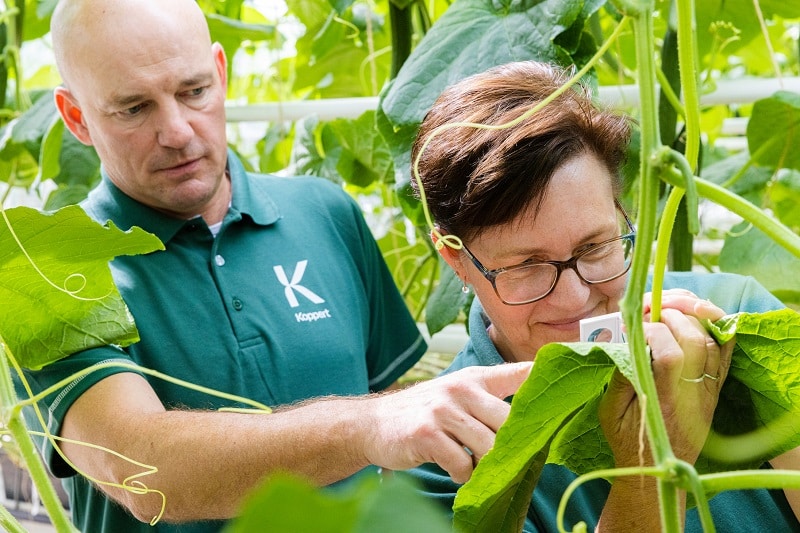The goal of an agricultural company is to produce a high quality and abundant harvest. However, various factors such as climate change, changing legal regulations (less availability of phytosanitary chemicals, more restrictions on polluting emissions) and the resistance of diseases and pests to certain agents make it increasingly difficult to achieve this goal. That’s why integrated crop management systems play an increasingly crucial role in a company’s ability to do so successfully produce in the future and reach your goals.
What is Integrated Crop Management?
The “Integrated Crop Management” (GIC), as explained by Koppert, a holistic (integral) approach that adopts measures to optimize crop growth by maximizing production in the short and long term.
ICM measures include optimal crop rotation, wise choice of varieties, fertilization and soil health, water management and integrated pest management (IPM).
Use of natural enemies above and below ground
Implementing a GIC system is quite complex and requires a long-term view. Soil is the most important asset: keeping it healthy gives the crop more extra production. Excessive use of fertilizers and phytosanitary chemicals does not favor the soil and is detrimental to its precious biodiversity.
However, Integrated Crop Management (ICM) tIt also helps to benefit much more from the natural enemies that inhabit the surface.. These are several species of insects that naturally exist on and around crops, including laces, beetles, hoverflies, and predatory mites. These beneficial insects effectively control specific pests, such as aphids, whiteflies, spider mites, and thrips, among others.
corporate sustainability
All these beneficial organisms can be kept alive, either by making the right choices or, if chemicals are needed, by using selective control products compatible with auxiliary fauna. This helps create a large number of natural enemies both above and below the ground, which is crucial for obtaining good, high quality crops both now and in the future. Therefore, integrated crop management is the key to sustainable and profitable agriculture.
–


